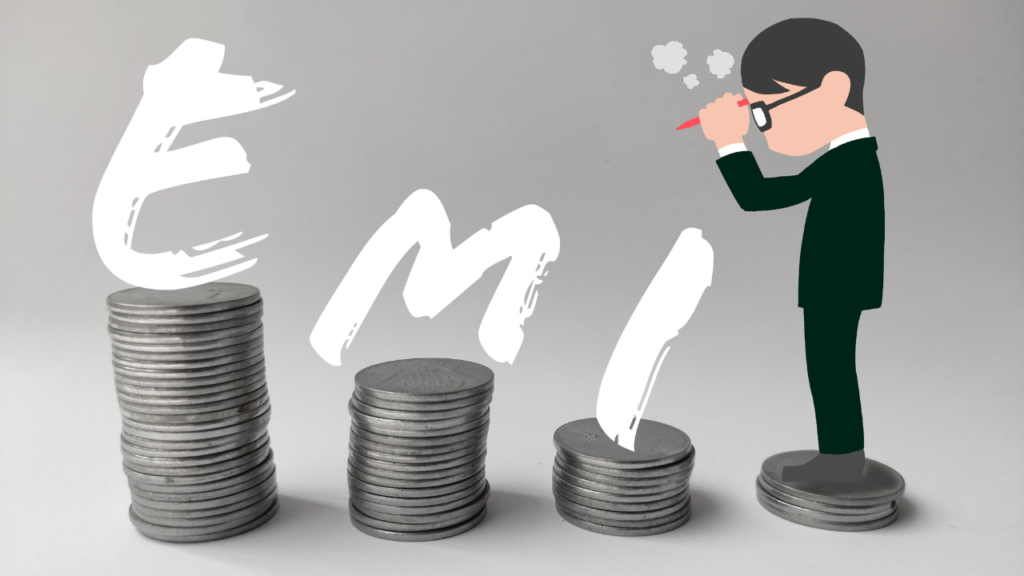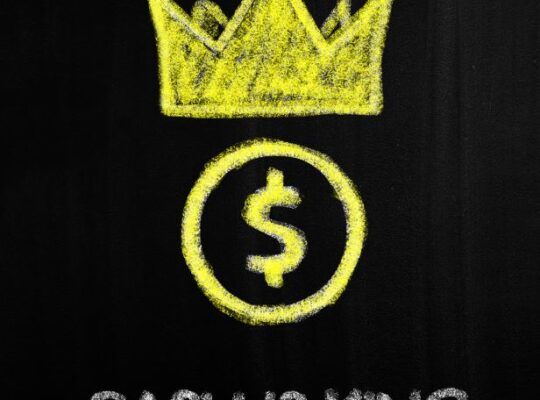
“There are no free lunches in the marketplace”, as the popular saying goes. So, isn’t it strange to see the statement “No Cost EMI”? Is anything like this even feasible? Why would somebody in the market offer or lend free money? No one is naïve enough to give you money for nothing. And, of course, any profitable business thrives on profits and will not miss an opportunity to extract money out of your wallet, because the world is a place of businesses. You’re probably thinking that those big finance companies always tout “No Cost EMI”. In this blog-post, let us start from the basics and try to grasp this concept.
What is a ‘No-cost EMI’?
EMI is an abbreviation for ‘Equated Monthly Instalment’. According to financial companies or banks, ‘no cost EMI’ indicates that if you take out a loan for a specific amount against a purchase, you are not needed to pay any extra interest on the principal amount. In a nutshell, no additional fees or interest are imposed on top of the product’s price. However, the fact is that these lending businesses are using this as a marketing ploy.
Finance businesses have used marketing tricks like these to make their offerings more affordable to the general population. If an iPhone costs Rs. 1,00,000, only a few people can afford it; however, if it costs Rs. 5000 per month, a large portion of the population can easily afford it because the vast majority of people are in the working middle class, and they will be getting a monthly salary, and they can afford to buy this and pay the EMI every month. So the sole reason why firms give you these ‘No-Cost EMIs’ is to render their products more affordable to everyone and to build their client base at the expense of your wallet.

The fundamental goal of this strategy is to get you to expend more money. Assume you have Rs 25,000 and want to buy a new phone that you’ve been eyeing for a while now. However, when you arrive at the mobile store, you will see the idea of ‘No Cost EMI’. Naturally, because you don’t have to pay the entire amount at once, you’ll buy the phone (which will originally cost you Rs. 25,000) in EMI payments, believing that you aren’t obligated to pay any interest on the loan.
How does this scheme actually work?
These schemes have two possible methods of operating. In the first method, the store will take away the discount that they would have given you in the initial instance (the discount that you would have got if you had paid the full price of the phone ahead). This discount amount is paid to the bank or financial company that provides the EMI facility.
The second method is to simply add the interest cost to the cost of the goods. In simpler words, the selling price of the product displayed comprises the interest amount as well.
Method 1 – Making the discount equivalent to the interest:
This is among the most popular ways that the “No cost EMI” plan operates. Let us look at an example to better grasp this. The victim (our hero Karthik), the retailer (the salesman or the shopkeeper), and the banking institution are the three players associated in this scheme.
We will use the example of a phone here, as it is the product that we buy once in every two years, no matter how costly we had bought it previously. Karthik now visits a retail mobile store to purchase a phone for Rs. 25,000. The shopkeeper informs him about the new “No Cost EMI” plan. So, the interest cost to be charged under a six-month EMI plan is normally 15%, and you might have to shell out Rs. 3,750 in interest cost if you used the EMI option.
But here’s how the no-cost EMI truly works.
| Cost of the phone | 25,000 |
| Discount offered | 3,750 |
| Cost of phone after discount | 21,250 |
| Total interest to be paid under EMI scheme (if the phone is bought under EMI) | 3,750 |
| Total amount paid by you | 25,000 |
As a result, Karthik pays the phone cost of Rs. 25,000 in instalments, believing that he is not required to pay interest. But the fact is that he is paying Rs. 3,750 in interest on the financing that he would take to purchase the phone. The issue is that he is unaware that he is paying interest; he believes he is purchasing the phone at the initial price displayed to him. The financial institution that provides the EMI facility receives the discount amount of Rs. 3,750, and the balance of the money is paid to the mobile shop. Obviously, the buyer is not shown this breakdown.

If Karthik obtained the phone under the EMI arrangement, he will pay the mobile store Rs. 25,000 in six instalments. However, if he had decided to pay the entire price up front, he would have received a Rs. 3,750 reduction, making the total cost of the mobile phone Rs. 21,250 only.
Method 2 – Adding the interest amount to the product price:
In this method, sellers just add the interest charge to the purchase cost. Let’s assume the phone costs Rs. 25,000 and Karthik intends to pay for it over six months using an EMI plan at the above-mentioned interest cost of Rs. 3750. As a result, the merchant would sell him the phone for Rs. 28,750 and provide him with what he called “No cost EMI.”
Karthik believes the phone’s original price is Rs. 28,750, but in actuality, he is paying Rs. 3,750 in interests. He would have had to make the payment of just 25,000 if he had settled the entire sum up front, since the seller would have offered him a discount.
Conclusion:
Therefore, as we can see, no one is going to give you their money for free. These are just marketing ploys to generate sales and lure clients. Only the client bears the price indirectly. So, the next time you go purchasing products, approach more rationally and remember that “nobody is going to give you something free, especially if he is running a business to make money”.





